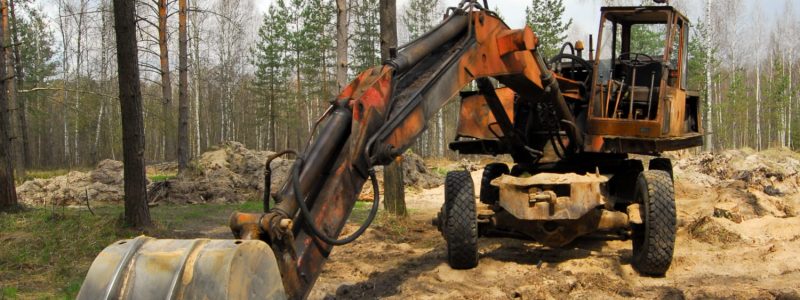If you’ve ever spent a day wrestling with awkward loads, you already know the value of control on site. Slowing down to reposition the machine, re-grip a log, or manually nudge a boulder into place is a time-suck and a pain in the back. That’s why a rotating grapple for excavator is such a game-changer — it gives you that extra wrist, the ability to twist and set without moving the whole rig. Toss in a solid excavator grapple attachment and your machine stops being “just a digger” and starts being a proper material-handling beast.
What the Rotating Grapple Actually Does (In Plain Terms)
A rotating grapple lets you grip, lift, rotate and place materials with precision. Unlike a fixed excavator grapple attachment, the rotator lets the jaws spin 360° (or a significant degree), so you can line things up quickly. No more awkward back-and-forth, no more guesswork. For demolition, forestry, scrap handling or landscape rock placement, that rotation turns minutes of fiddling into seconds of smooth work.
Real Use-Cases Where It Earns Its Keep
Think demo sites: concrete chunks, rebar and mixed rubble—all grabbed and loaded cleanly. Forestry? Logs get stacked tidy, not tossed. Scrap yards: sorting and loading becomes far less of a circus. Even landscapers benefit — placing a sun-baked boulder exactly where the designer wanted takes a fraction of the time with a rotating grapple for excavator compared to a bucket and straps.
Picking the right excavator grapple attachment for your machine
Not every grapple fits every excavator. Match the grapple size to your excavator class — oversize and you risk stressing pin joints and hydraulics; undersize and you waste capacity. Decide if you need continuous 360° rotation (best for constant re-orienting in demo) or limited rotation (cheaper, fine for most placement tasks). Look for replaceable wear parts, reinforced welds, and easy greasing points — those details make the long-term difference.
Installation, Hydraulics and Maintenance — Don’t Skimp Here
A rotator needs proper hydraulic flow and often an extra control valve. Make sure your machine can handle the flow rate and pressure. Fit it professionally, test leak points, and keep the rotation motor and bearings greased. Maintenance is simple but mandatory: check hoses, bolts, the integrity of the jaws, and the condition of the teeth. Treat it well and a good excavator grapple attachment will repay you with years of reliable work.
Safety And Operator Tips (Short, Useful Stuff)
Always secure the load before moving. Rotate slowly when positioning heavy, asymmetrical loads. Watch pinches around jaws and keep bystanders clear — grapples hide a lot of force behind a pretty simple-looking motion. Training operators for smooth rotation use will pay off fast in reduced wear and fewer near-misses.
The Bottom Line — Is it Worth It?
If you regularly handle bulky, irregular materials, a rotating grapple for driving an excavator quickly pays for itself through time saved and reduced labour. Even if you only need an excavator grapple attachment occasionally, renting before buying can prove the productivity gains. For fleets, it’s one of those attachments that boosts capability across jobs — demolition to landscaping — and makes every operator’s life easier.
So yeah, it’s not just a nice-to-have. For most contractors who move more than simple aggregates, rotation is the upgrade that changes how a site runs.

